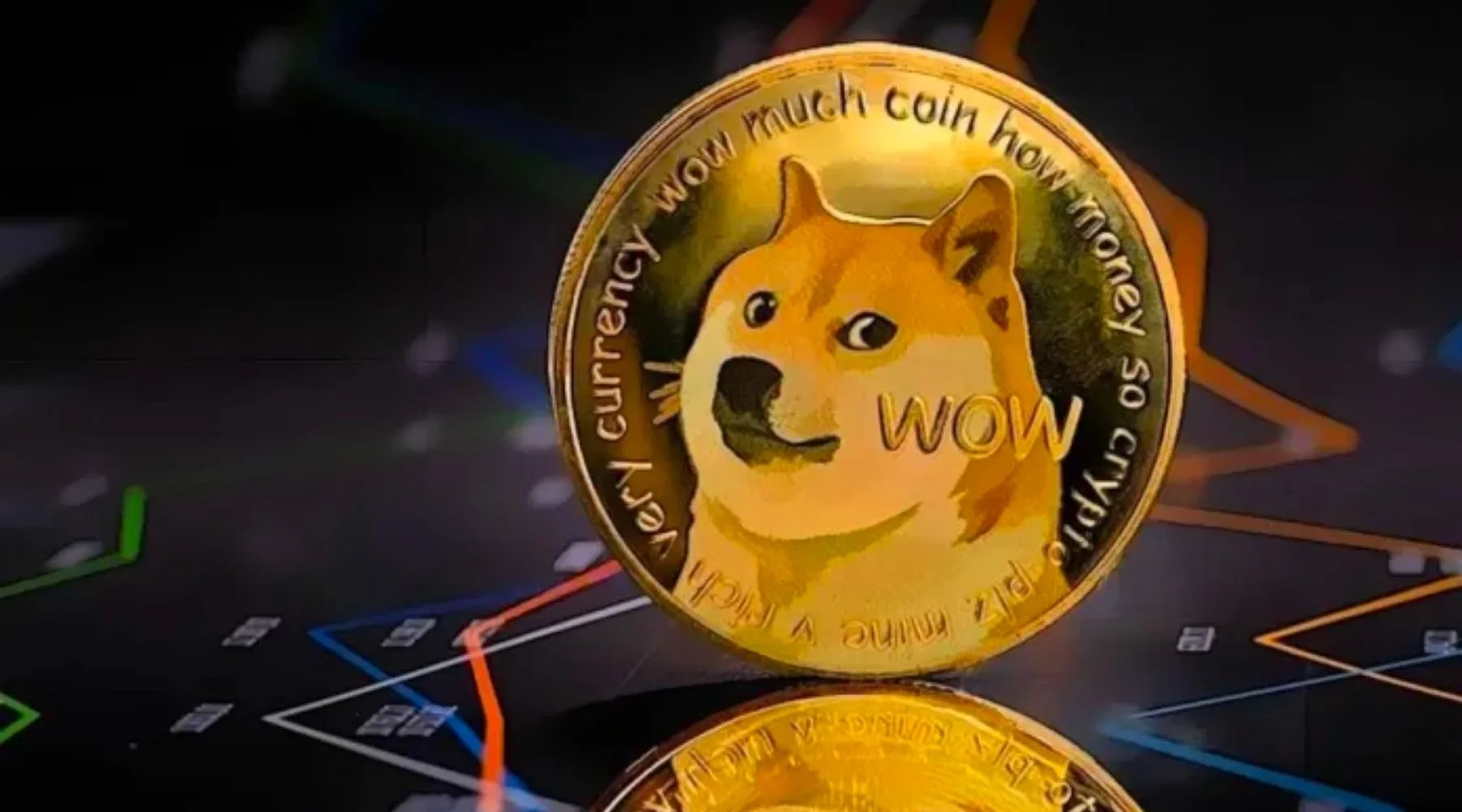The generational crypto divide isn’t what you’d think

Crypto skews heavily towards the younger generations but gen z is an outlier.
As with any new technology, early adoption predominantly comes from younger users. Crypto is no exception.
Only 7% of 65-74 year olds own cryptocurrency according to Finder data, which is compared to around 52% of 25-44 year olds.
And while things like the approval of spot Bitcoin exchange-traded funds (ETFs) may lead to more engagement from the older generations, for now, crypto remains very much a young person's game.
The key takeaways
- 25-44-year-olds are more likely to own cryptocurrency than not own it
- 18-24-year-olds are much less invested and more likely to see crypto as a short-term investment
- The youngest crypto users are twice as likely to own memecoins than their older peers
Gen Z bucks the trend
It's no surprise that crypto ownership is highest amongst the younger generations, with Finder data showing both 25-34 year olds (52%) and 35-44 year olds (51%) more likely to own crypto than not.
But 18-24 year olds are closer to 45-64 year olds when it comes to crypto ownership than they are to 25-44 year olds.
A relatively modest 31% of 18-24 year olds own crypto, and their reasons for doing so are also out of step with the generations above.
18-24 year olds are around half as likely to hold cryptocurrency in the expectation of long-term growth compared to their older peers.
Only 20% of all 18-24 year olds have bought crypto with this expectation, compared to 37% of 25-34 year olds and 39% of 35-44 year olds.
But 11% of 18-24 year olds have bought crypto with the aim of short-term growth, which tracks a lot more closely with both 25-34 year olds (13%) and 35-44 year olds (12%).
So while 18-24 year olds are less interested in crypto than other younger generations in general, they're especially not interested in it as a long-term investment.
The memecoin generation?
We've established that those under 25 are less likely to own crypto, but those who do are disproportionately more likely to view it as a short-term investment.
One-third of all 18-24 year olds that own crypto has the goal of short-term growth, compared to roughly one-fifth of 25-34 year olds and 35-44 year olds.
So what explains this discrepancy? One possibility is the emergence of the memecoin craze.
For those who aren't familiar, a memecoin is a cryptocurrency that has limited explicit utility. The most famous memecoin is Dogecoin, which was started as a joke but has since taken on a life of its own and inspired thousands of imitators.
It's memecoins that seem to have struck a chord with 18-24 year olds.
According to our survey data, 7% of both gen z and millennials own Dogecoin. It's a similar story with Shiba Inu, one of the biggest memecoins alongside Dogecoin, which is owned by 4% of gen z and 5% of millennials.
This seems fairly unremarkable until you remember that 18-24 year olds are half as likely to own cryptocurrency as their older peers. This means that amongst people who own crypto, the rate of ownership of both Dogecoin and Shiba Inu among 18-24 year olds is closer to double that of 25-34 year olds.
Memecoin trading
One of the crucial differences between established cryptocurrencies and new memecoins is how they are traded.
While most people buy and sell cryptocurrencies such as Bitcoin and Ethereum through centralised exchanges such as Coinbase and Kraken, new memecoins are generally only available on decentralised exchanges, which require you to hold your crypto in a self-custodial software wallet like MetaMask.
These wallets let you self-manage and trade your crypto directly from your browser or phone without having to go through a centralised exchange like Coinbase.
The emergence of software wallets has been fundamental to the memecoin craze that has dominated crypto for the last few years. These wallets have allowed users to quickly and easily trade memecoins that are only available on decentralised exchanges like Uniswap, Raydium and Pancakeswap.
And it's here that we see a clear generational divide, with wallet use markedly higher amongst the youngest crypto users.
Only 6% of 18-24 year olds who own crypto don't use a crypto wallet, compared to 19% of 25-34 year olds, and 17% of 35-44 year olds.
The reason for this? So they can more easily buy memecoins.
